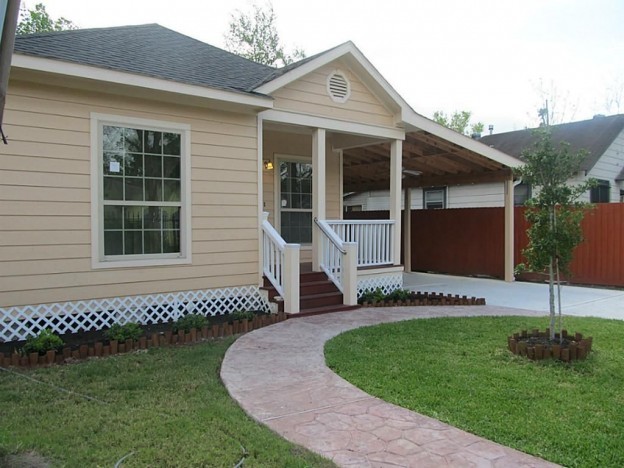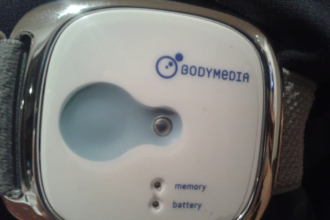Countless families across the country choose to care for their elderly members as they age. While this works well for many people, not all homes meet the proper safety requirements to do handle their needs. Each home needs to get modified with the right accommodations for people of old age. Prone to slips and falls, older citizens require plenty of safety equipment inside the home to make it as safe as possible for them to live well. With these five tips for modifying the home, any place can get made safe for the elderly.
Add a Residential Elevator System to a Multi-level Home
Homes with just one level work especially well for older adults, as there are no stairs to potentially fall down. Multi-level homes are a different story, as the stairs between levels can be dangerous for those who find it difficult to move around normally. EasyClimber residential elevators are one option, providing an in-home elevator that takes residents up or down quickly. It allows the elderly to safely get from one area of the house to the other without having to worry about maneuvering down steps alone.
Install Fall Detection Sensors
A new system has been created that incorporates sensors with wireless technology to detect falls. Installing a system of this nature can ensure anyone who falls inside the home can get help even without calling for it. The sensors get placed at two different heights, one that indicates a person is standing and another closer to the ground that would be set off when a person falls. The company gets notified when a fall occurs so they can warn the caregiver or send alternative help.
Improve the Lighting
Poor lighting may not seem like such a big deal, but it can be to seniors who have lost their good eyesight. As people age, the eyes tend to work less efficiently. It would be easier to miss a step or not see an object on the ground and fall when it?s difficult to see. Improving the lighting within a home is just one part of the home safety checklist for older consumers. Proper lights are needed both indoors and out so all areas are well-lit to make it better for people to see where they are coming and going.
Make Walking Surfaces Flat and Slip-Resistant
If the linoleum in the bathroom is starting to peel upward, it could cause a tripping hazard. A broken floorboard in the kitchen may move when stepped on. Any flooring issues need to be addressed before an elderly family member is meant to live in the home. All walking surfaces should not only be flat so trips and falls are less likely to occur, but they should also be slip-resistant. You may have to replace certain areas of the floor to make it flat and usable for older adults, or add non-slip mats in other places.
Install Grab Bars
Near the toilet, in the shower, and next to seating, grab bars can greatly come in handy for older adults who have a difficult time getting up and about. They can grab onto the bars and pull themselves much easier than attempting to do it alone with nothing to hold onto. Most people place these bars in the bathrooms only, but they can work in other areas of the home as well, such as next to a particular chair in the living room or near a bed if necessary. With these tips in mind, any family members hoping to lived with their elderly loved ones can do so. These safety precautions help to prevent slips and falls and keep the elderly as safe as possible in their own space. It prevents older adults from having to relocate to a nursing home where they may feel completely isolated from their families.










